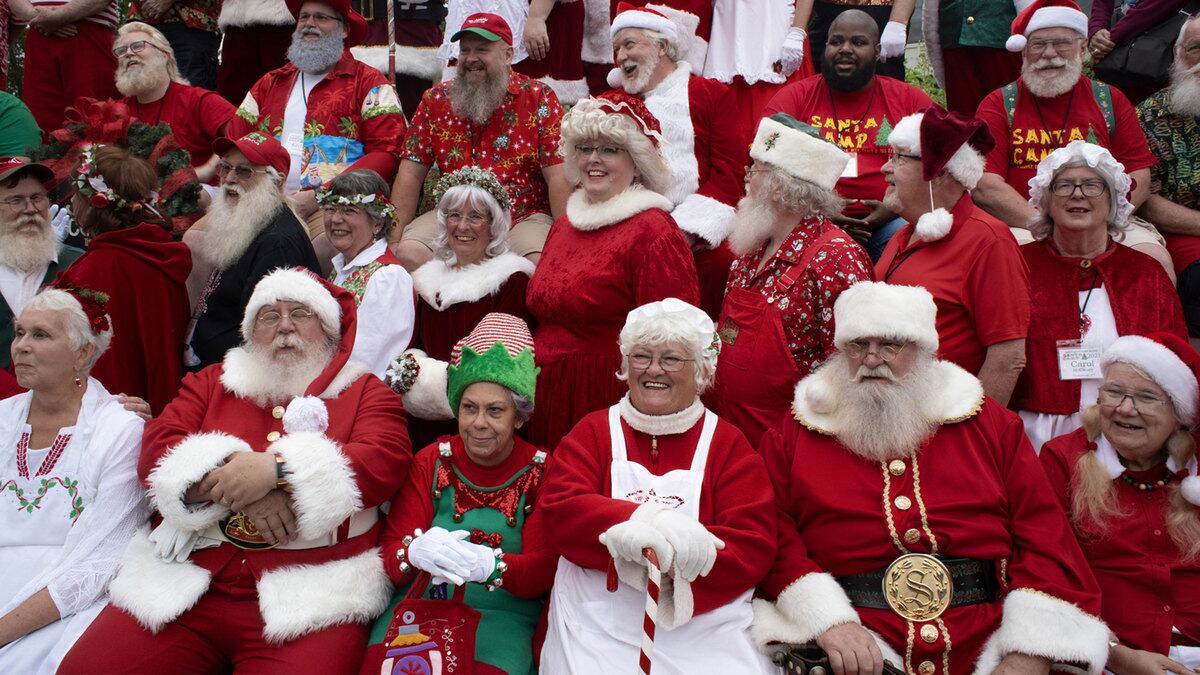Does Santa Claus Have to Be White? A Jolly New Doc Says No
RECLAIMING THE RED SUIT
“Santa Camp” on HBO Max tells the story of three unconventional Clauses: one Black, one trans, and one born with spina bifida. Together, they beautifully challenge the status quo.

Trending Now





